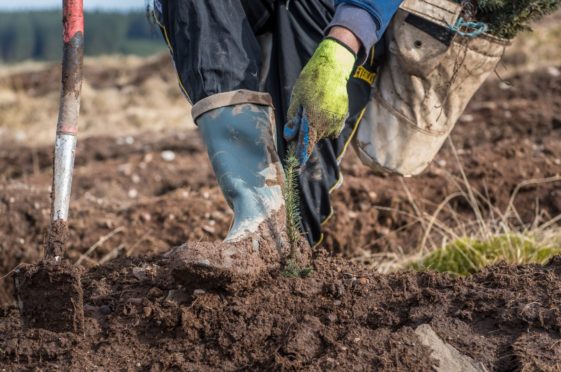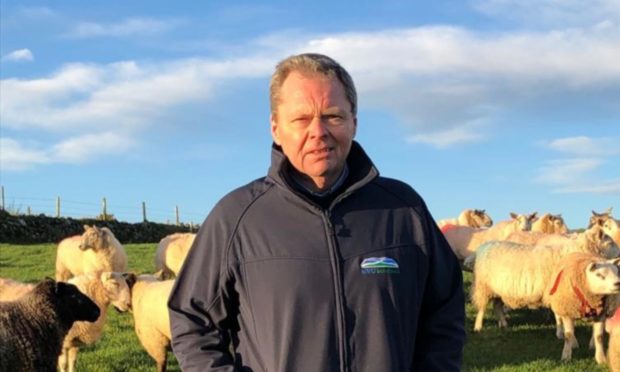A leading Aberdeenshire farmer has warned against planting trees on productive farmland and called for a re-defined approach to forestry and woodland expansion in Scotland.
NFU Scotland vice-president Andrew Connon, who farms near Ellon, has called on politicians to rethink their current fixation with planting trees “before catastrophic damage is done to Scotland’s agricultural industry”.
Writing in a blog on the union’s website, Mr Connon said: “I am receiving fresh calls every week from despairing farmers and crofters across Scotland telling me of another farm or estate destined for tree planting.
“The more of Scotland’s limited productive land that shifts from farming to forestry, the more we are likely to simply offshore our emissions or even increase our carbon footprint.”
He said land acquisitions for forestry were driving up land prices beyond those commercial farmers can afford to pay, as well as restricting opportunities for new entrants to the sector.
Mr Connon acknowledged the benefits of planting trees, provided they are in the right place, and said: “NFU Scotland remains opposed to whole farm afforestation on a commercial scale that reduces agricultural activity and food production whilst potentially accelerating land abandonment.”
Forestry and wood trade body, Confor, said planting trees offered farmers a way to help tackle climate change, as well as bringing in future income.
The organisation’s chief executive, Stuart Goodall, said there was room for a wide variety of land uses in Scotland.
He said: “Sales of whole farms on highly productive land make up a very small number of current tree planting schemes – for example, more than 80% of woodland creation schemes given financial support by the Scottish Government in the last two years have been 50 hectares or less.
“About 5.65 million hectares of Scotland’s 8m hectares of land is used for farming. Scotland’s forests cover 18.8% of the total land mass and the ambition contained in the Scottish Government’s forestry strategy is to increase this to 21% by 2032.”

